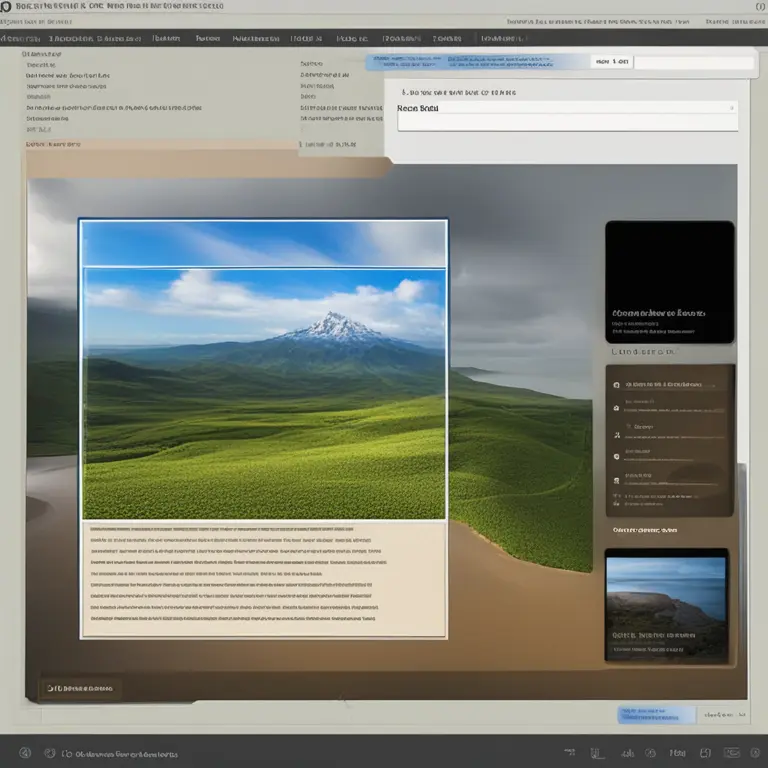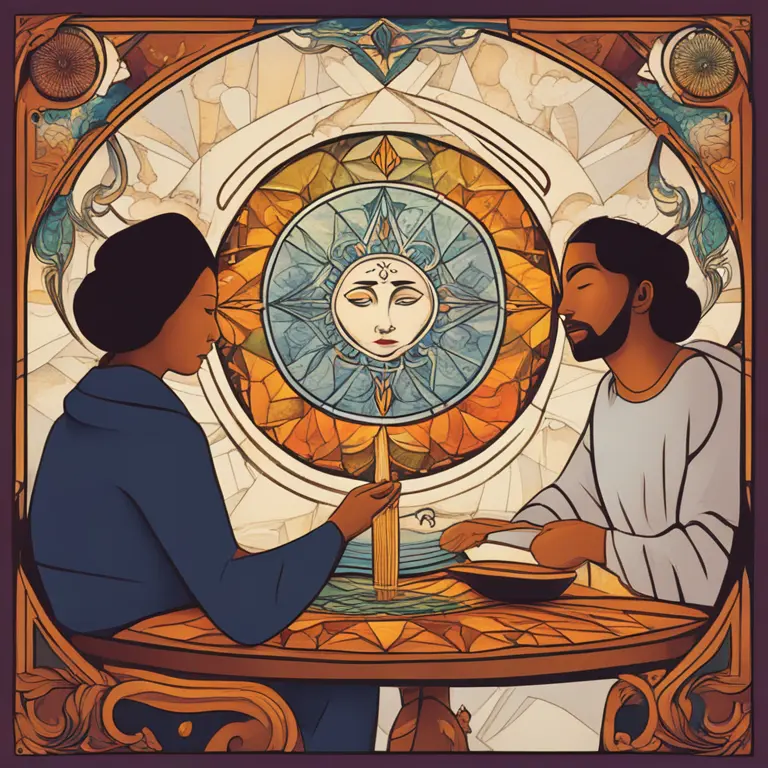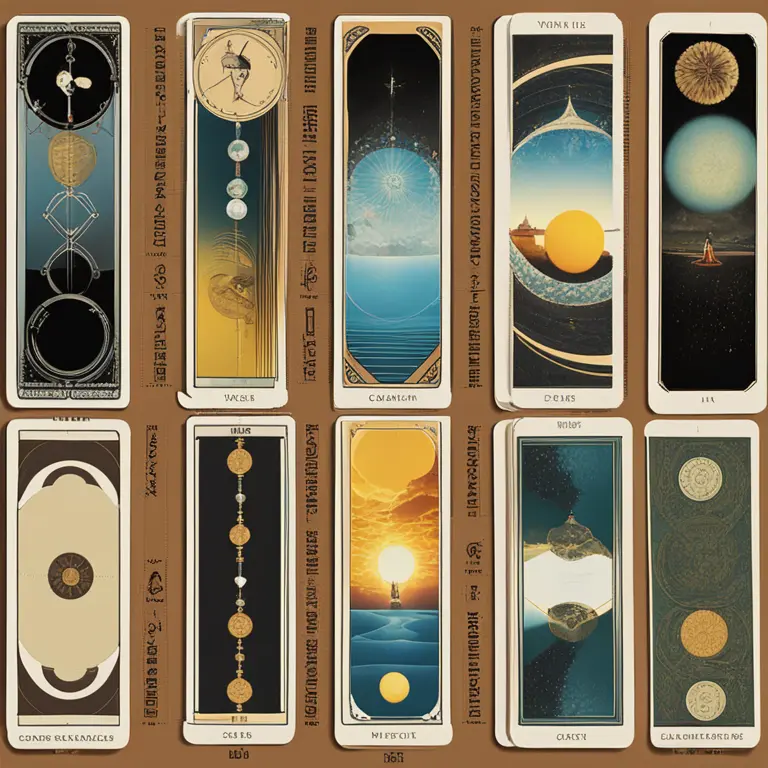
Introduction to Tarot's Veracity
Tarot has long captivated the human imagination, offering a window into the subconscious and the potential futures that lie before us. For many, the intricacies of tarot are more than just a form of entertainment; they are a vehicle for truth and self-discovery. Tarot decks, consisting of 78 archetypal cards, serve as tools through which life's unseen patterns and energies are translated into tangible advice and introspection. This ancient practice, while steeped in mystique, continually proves its relevance and accuracy to those who delve into its symbolism with an open mind.

Testimonies of Tarot's Effectiveness
People from all walks of life can share personal testimonies about tarot's uncanny ability to reflect their realities and guide their decisions. These narratives often recount experiences wherein the cards drawn eerily correspond with individuals' thoughts, emotions, and life events. It's not uncommon to hear of a skeptic turned advocate after a reading that was so precisely aligned with their situation that it could not be dismissed as mere coincidence. Such powerful instances fuel the belief in tarot's veracity.

Understanding Tarot's Mechanisms
But how does tarot work? Is it simply the interplay of chance and projection, or is there something deeper at play? Tarot practitioners often speak of synchronicity, a concept introduced by psychologist Carl Jung, suggesting that events are meaningfully related despite lacking causal connection. When one approaches a tarot reading, they might be engaging with a synchronistic event that mirrors inner psychological states, external situations, and the crossroads of decision-making, all converging to bring forth insights that are both timely and profound.

Psychological Reflections and Archetypes
Each card in the tarot deck is imbued with symbolism, color, and imagery that evokes universal archetypes. These representations resonate with our deep-seated psychological patterns, providing a reflective surface for our own stories and traits. When a reader lays out cards during a reading, it is not just the randomness that speaks; it is the reader's intuitive connection to these timeless symbols that allows for a true reading to unfold, offering clarity and revelation where confusion once reigned.
Tarot as a Personal Journey
More than predicting the future, tarot is a tool for personal exploration and growth. The true power of tarot lies in its ability to equip individuals with the knowledge and confidence to navigate their paths. As we approach 2024 and beyond, tarot remains a relevant practice for those seeking to understand the ebbs and flows of their personal journeys. By drawing upon the collective unconscious and tapping into personal intuition, tarot readings can light the way through the fog of uncertainty that characterizes modern life.
Embracing a Holistic View
Tarot's true essence may well be its holistic approach to our experiences, connecting mind, body, and spirit. Unlike traditional forms of prognosis that may isolate aspects of our lives into separate boxes, tarot readings consider the whole—past, present, and future intertwining to tell a story that is uniquely ours. In doing so, the tarot insists on a vision that accounts for the multitude of factors at play in any given circumstance, providing a comprehensive reading of our circumstances and potentialities.
Published: 1/17/2024
Modified: 1/17/2024
More predictions
Come back here soon to learn more about yourself and your future


The Essence of Tarot: Beyond the Supernatural?
Are tarot cards merely cards, or do they hold supernatural essence? This article delves into the mystical realm of tarot to uncover its true nature.


The Meaning of Jumping Tarot Cards
Uncover the significance of jumping tarot cards during readings and how these unexpected moments can offer deep insights.


The Tarot Card of Virgo: Mystical Insight
Delve deep into the association between Virgo and its tarot persona, examining the symbolic connections in the tarot universe.